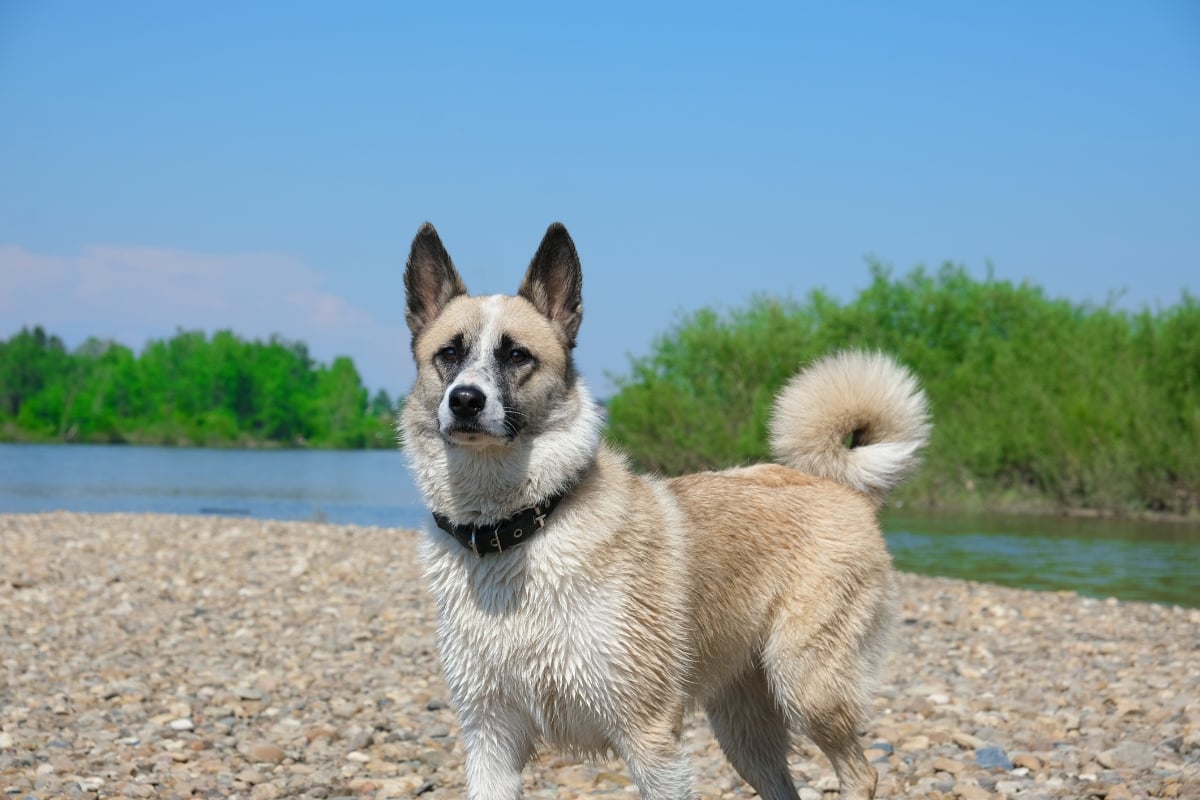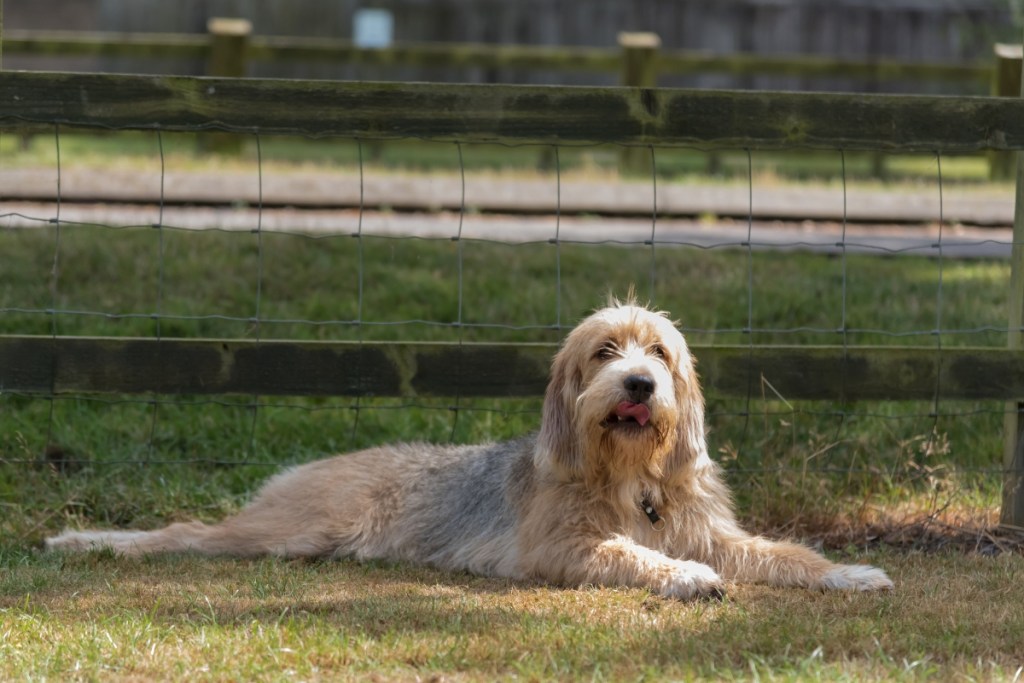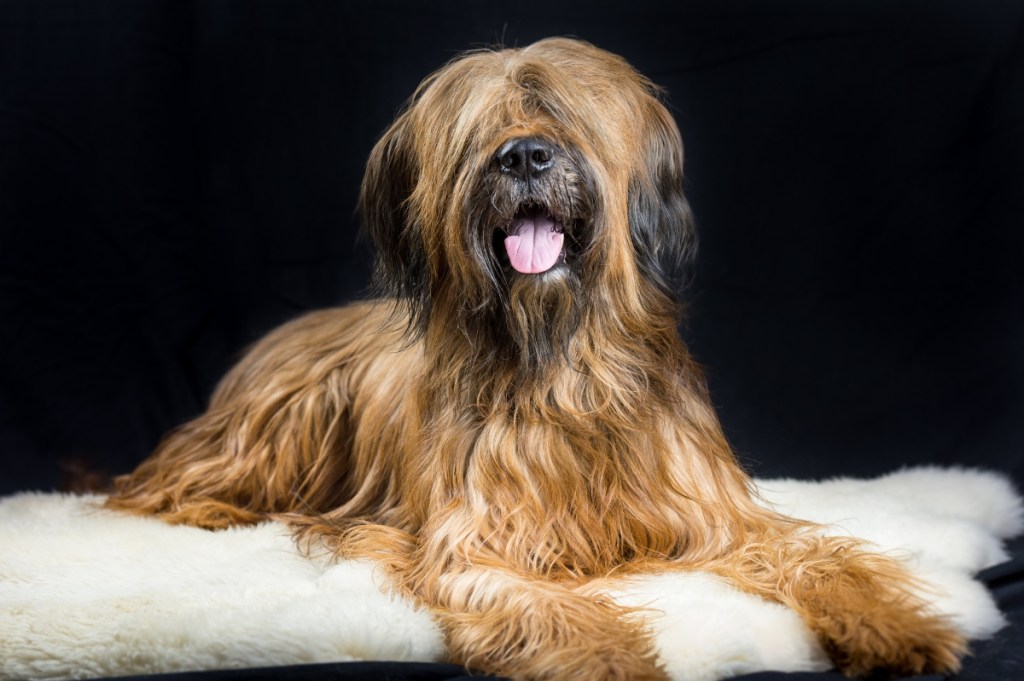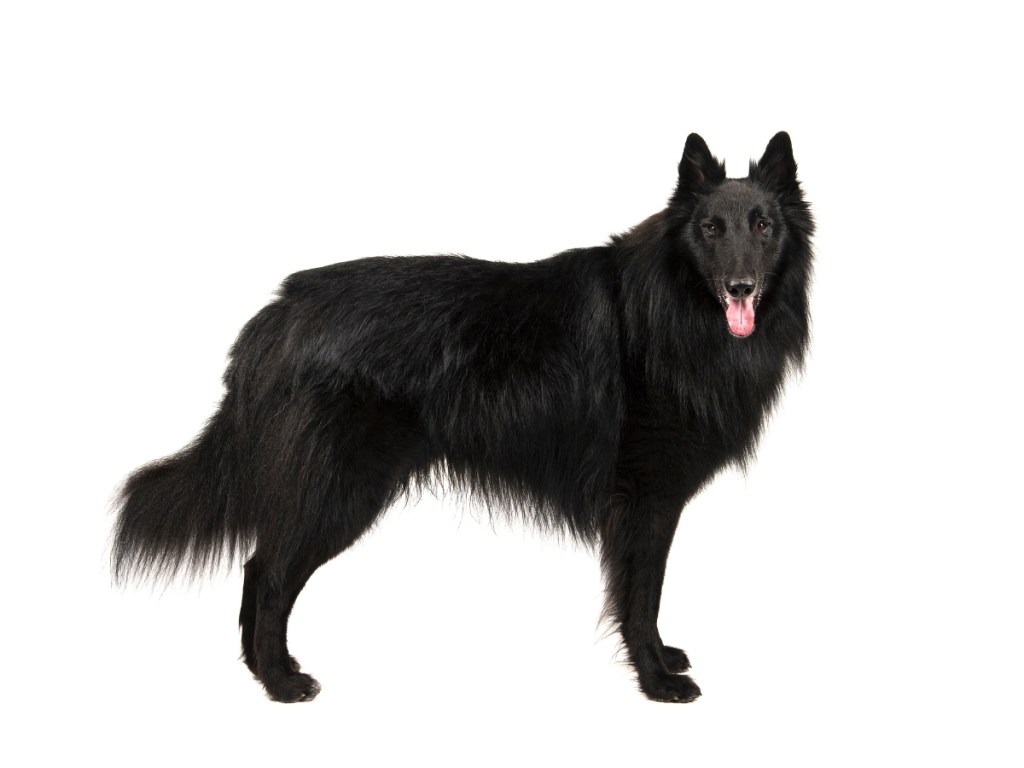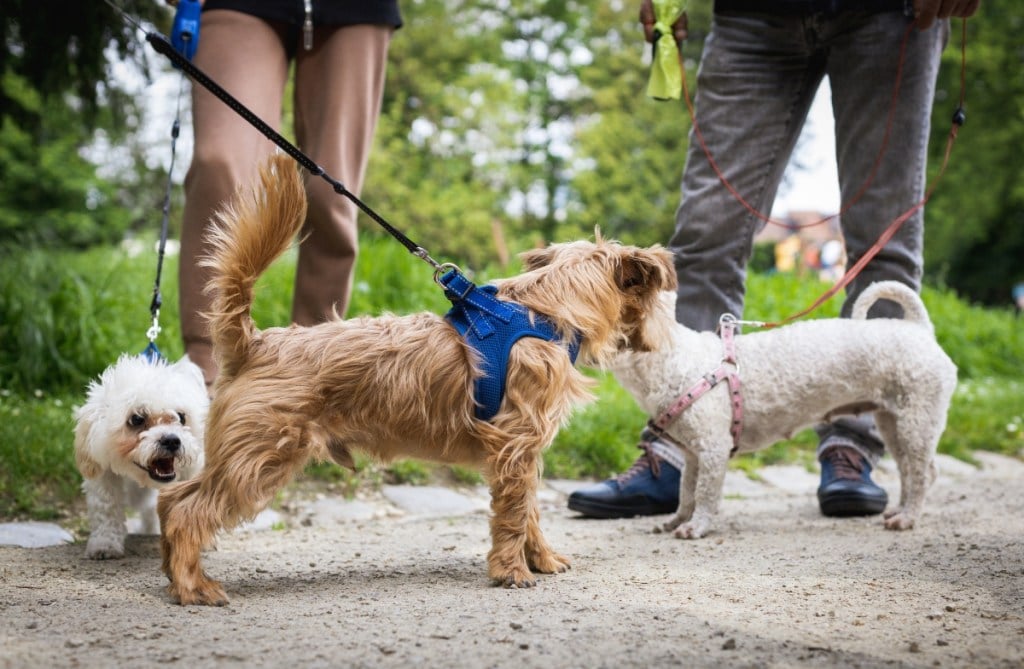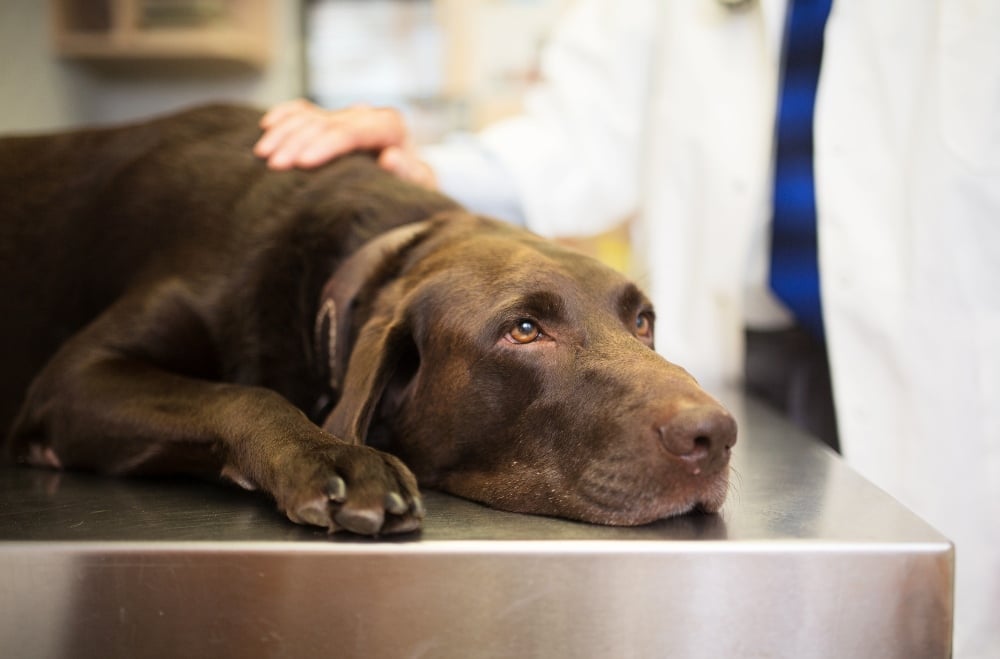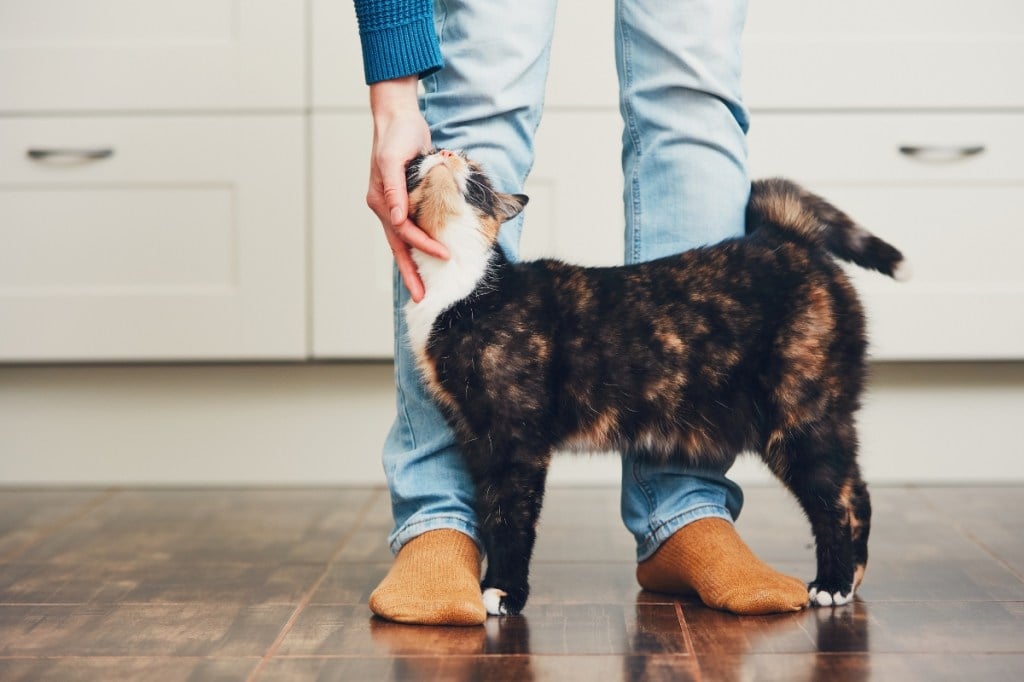Introduction to Norwegian Elkhounds
Norwegian elkhounds are friendly dogs and one of the oldest breeds in Europe. They are alert, agile, athletic, and eager. They can seem a bit reserved at first, but once you get to know them, they are forever friends that you can trust and rely on no matter what.
If you are looking for a bold and energetic dog that is good at keeping watch and affectionate with family members, a Norwegian elkhound might be the perfect dog for you. This Healthy Paws breed guide covers the Norwegian elkhound’s size, temperament, training, grooming, general care, health, feeding, and more.
Size of Norwegian Elkhounds
When fully grown, a Norwegian elkhound male will weigh about 55 pounds and stand 20.5 inches tall, while a female of this breed will weigh about 45 pounds and be 19.5 inches tall.
Here’s how big you can expect your Norwegian elkhound to get as the dog grows from puppyhood to adulthood:
| Weight Chart | 6 months | 12 months | 18 months |
| Male Norwegian elkhounds | 17.5 lbs. | 30 lbs. | 45 lbs. |
| Female Norwegian elkhounds | 15 lbs. | 27.5 lbs. | 40 lbs. |
Characteristics of Norwegian Elkhounds
Norwegian elkhounds are fairly adaptable dogs that are very tolerant of cold weather but not hot weather. In fact, they were bred to hunt big game and hold moose at bay while dodging attacks and tracking for many hours in frigid conditions and over rough terrain. So, as you might expect, Norwegian elkhounds love outdoor adventures, even if they are just on family trips on hiking trails and to local parks.
They are known to be barkers but can also learn good behaviors from basic obedience training. These dogs aren’t necessarily people-pleasing, nor are they very interested in toys.
However, they love chasing balls, receiving praise, and going on adventures with you. Norwegian elkhounds are also excellent watchdogs, thrive on attention. They are typically great with older kids but should be supervised closely around children.
As you get to know a Norwegian elkhound’s personality, here’s what you can expect based on the breed characteristics:
| Breed Characteristic | Level (High, Medium, Low) |
| Affectionate with People | High |
| Good with Kids | Medium |
| Good with Pets | Medium |
| Need for Exercise | High |
| Energy Level | High |
| Intelligence Level | Medium |
| Able to Be Trained | Low |
| Amount of Barking | High |
| Amount of Shedding | High |
Norwegian Elkhounds History
The history of Norwegian elkhounds dates back to before the Viking era. Vikings used dogs to herd their flocks and defend them from bears and wolves. These Nordic dogs are the subject of many Norse myths and historical stories detailing epic conquests and adventures from ancient times. The name “elkhound” refers to an ancient giant moose. They are categorized as hounds because of their historic work of following scent trails to aid hunters in their quests.
This type of dog breed dates back as early as 5000 B.C. and has been used to hunt elk, bears, and other animals in the wild. They are an important part of Nordic culture but gained broader attention after the Norwegian Hunters Association’s dog show of 1877.
The American Kennel Club first recognized the breed in 1913. Today, Norwegian elkhounds mostly live as family companions and excel at dog sports, agility training, obedience skills, and other competitions.
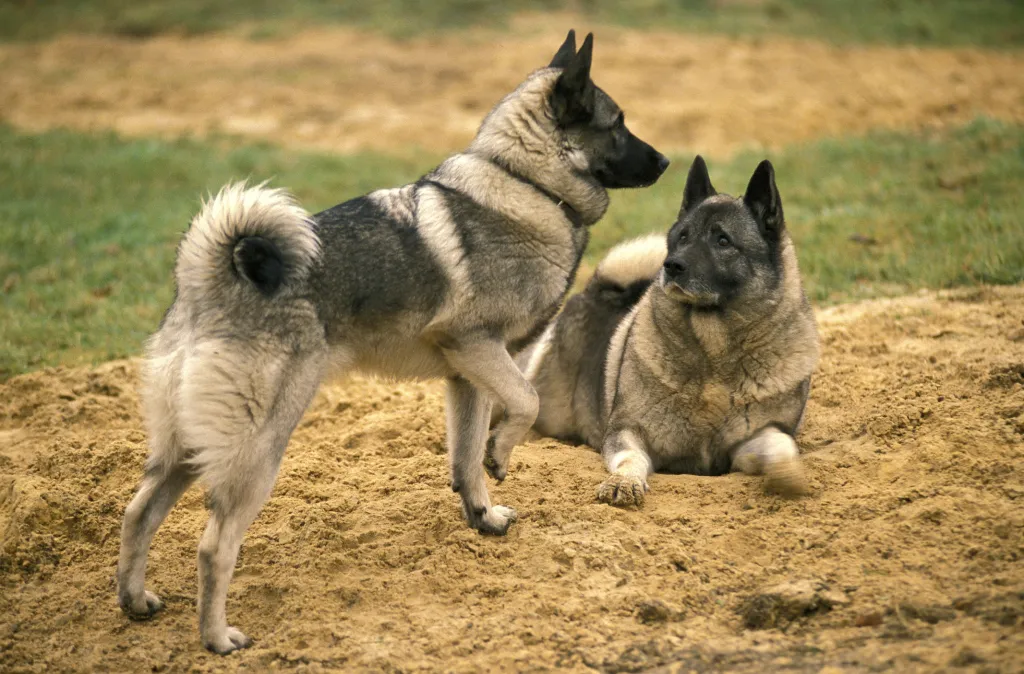
Norwegian Elkhound Standard Information
Norwegian elkhounds are judged at dog shows based on a set of standards that describe the breed’s general appearance. These dogs are hardy, gray, medium-sized, square in profile, and exhibit great endurance.
Here is an overview of the breed standard information for Norwegian elkhounds:
Head:
- Broad at the ears and wedge-shaped
- Keen and alert expression
- Very dark brown eyes that are medium in size
- Ears set high, erect, and firm
- Muzzle is the thickest at the base
- Teeth meet in a scissors bite
Neck, Topline, Body:
- Neck is medium length and muscular
- Back is straight and strong
- Chest is deep and moderately broad
- Tail is set high and tightly curled
Forequarters:
- Shoulders slope with elbows closely set on
- Single dewclaws are usually present
- Pasterns are strong and slightly bent
- Feet turn neither in nor out
Hindquarters:
- Hindquarters have moderate angulation at stifle and hock
- Thighs are broad and well-muscled
- Feet are the same as in the front
Coat:
- Thick, hard, and weather-resistant outercoat
- Soft, dense, and woolly undercoat
- No clipping, trimming, or artificial treatment
- Optional to trim the whiskers
Color:
- Preference is medium gray
- Undercoat, legs, stomach, buttocks, and underside of tail are clear-light-silver
Gait:
- Stride is even and effortless
- Agile and with great endurance
- Front and rear quarters are well-balanced in angulation and muscular development
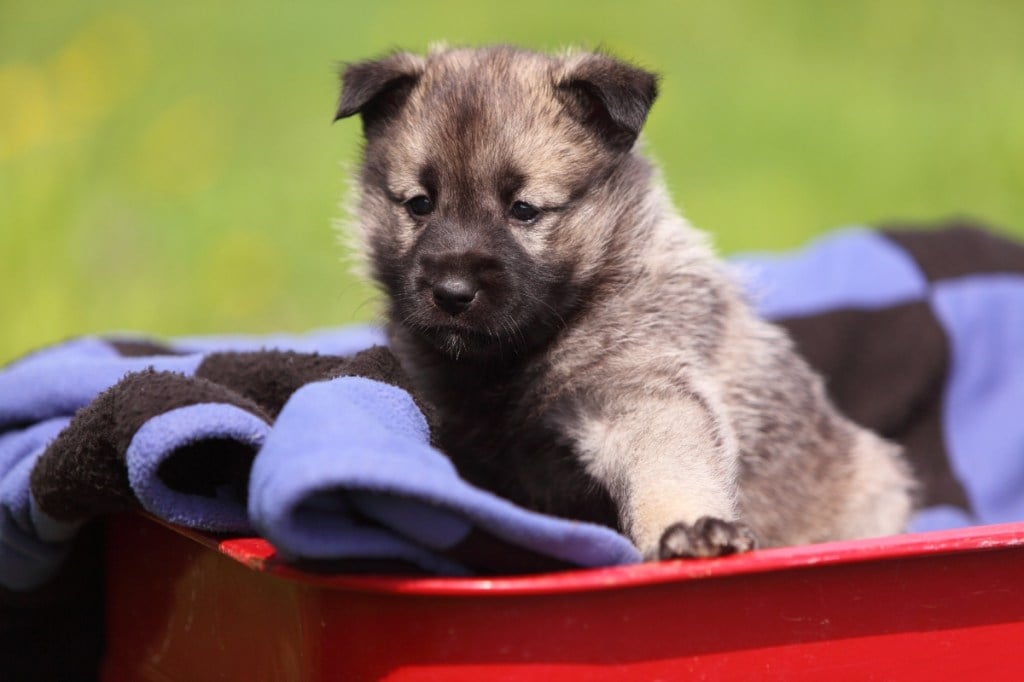
Caring for Norwegian Elkhounds
Norwegian elkhounds are active dogs that require about 30 minutes of exercise twice daily. These food-motivated dogs need to be kept active so they don’t become overweight. They thrive in households with fenced yards and cold climates.
This breed is playful and high-energy, making them ready for adventure at any time. However, if they become bored due to lack of exercise or stimulation, the dogs can become destructive and exhibit loud barking behaviors.
Here are some general tips for taking the best care of a Norwegian elkhound
Best Living Environments:
- Homes with fenced yards
- Cold climates with snow
- Prone to overheating in hot climates
- Households with older children
Type of Exercise:
- Long daily walks
- Hikes in the outdoors
- About eight miles of walking per week
- 45 minutes of exercise daily
- Swimming
- Playing in the snow
Mental Enrichment:
- Chasing balls
- Agility courses
- Flyball
- Tracking
- Guarding
- Hunting
- Herding
- Sledding
- Search and rescue
Training Strategies:
- Training can be difficult for first-time pet parents
- Consider crate training for when you are away
- Use positive reinforcement methods
- Be consistent with training from an early age
- Teach the dog to heel and walk on a leash
- Socialize to other pets and children from an early age
Grooming Tips:
- Expect a lot of shedding
- Seasonal blowouts
- Brush the coat daily, if possible
- Schedule de-shedding sessions with a groomer
- Brush teeth daily
- Check ears for wax, redness, debris, and odor
Norwegian Elkhounds Common Health Problems
The Norwegian elkhound is a healthy and hearty breed with an average lifespan of 12 to 14 years. The most common issues with these dogs are cancer and heart problems. The national breed club for Norwegian elkhounds recommends that breeders conduct hip and ophthalmologist evaluations.
These are some of the most common health issues that arise with Norwegian elkhounds:
- Fanconi syndrome (kidney disorder)
- Progressive retinal atrophy (eye disease)
- Glaucoma
- Hypothyroidism
- Sebaceous cysts under the skin
- Obesity
- Patellar luxation
- Hip dysplasia
- Chondrodysplasia (skeletal disease)
- Hereditary ataxia (neurologic disorder)
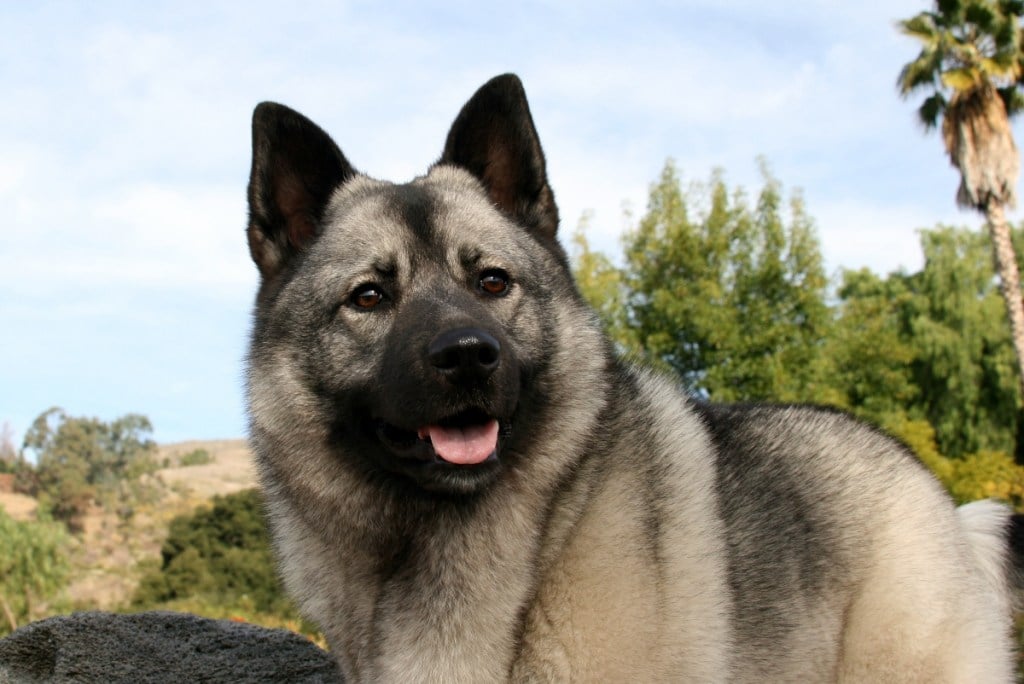
Diet and Nutrition for Norwegian Elkhounds
Fully grown Norwegian elkhounds need about 2.5 cups of dry dog food daily, divided into two meals. Talk to your vet about portion sizes, caloric intake, and activity level so your Norwegian elkhound does not become overweight. Switching to a weight-management formula and reducing treats may be necessary to help your dog maintain a healthy weight.
The daily cost to feed a Norwegian elkhound is about $1.20 to $1.40, and the monthly cost is about $34 to $45.
Where to Adopt or Purchase Norwegian Elkhounds
The Norwegian Elkhound Association of America is the national breed club for this type of dog and a resource for purchasing or adopting a pet. The organization offers breeder resources and contact information for connecting with dogs that need to be rescued and rehomed.
Other organizations focusing on rescuing this specific breed include the Four Paws Elkhound Rescue and the John Nelsen Moosedog Rescue Fund.
Related Breeds
If you’ve been loving what you’ve been learning about the Norwegian elkhound so far, you might be interested to know that other dog breeds share similar characteristics. Here are some examples of similar breeds to the Norwegian elkhound:
Pet Insurance for Norwegian Elkhounds
To best care for your outdoorsy and adventurous pet, Healthy Paws offers pet insurance for Norwegian elkhounds. Our Norwegian elkhound insurance covers everything from accidents and illnesses to hereditary and congenital conditions, cancer, emergency hospitals, chronic conditions, and alternative care.
Pet health care costs are rising, making dog insurance more important than ever to protect your pets and your finances.
Please visit our quote page today to provide a few basic details about your Norwegian elkhound so that we can provide you with a coverage rate. We look forward to helping you and your dog enjoy happy and healthy lives together from puppyhood through the senior years.
